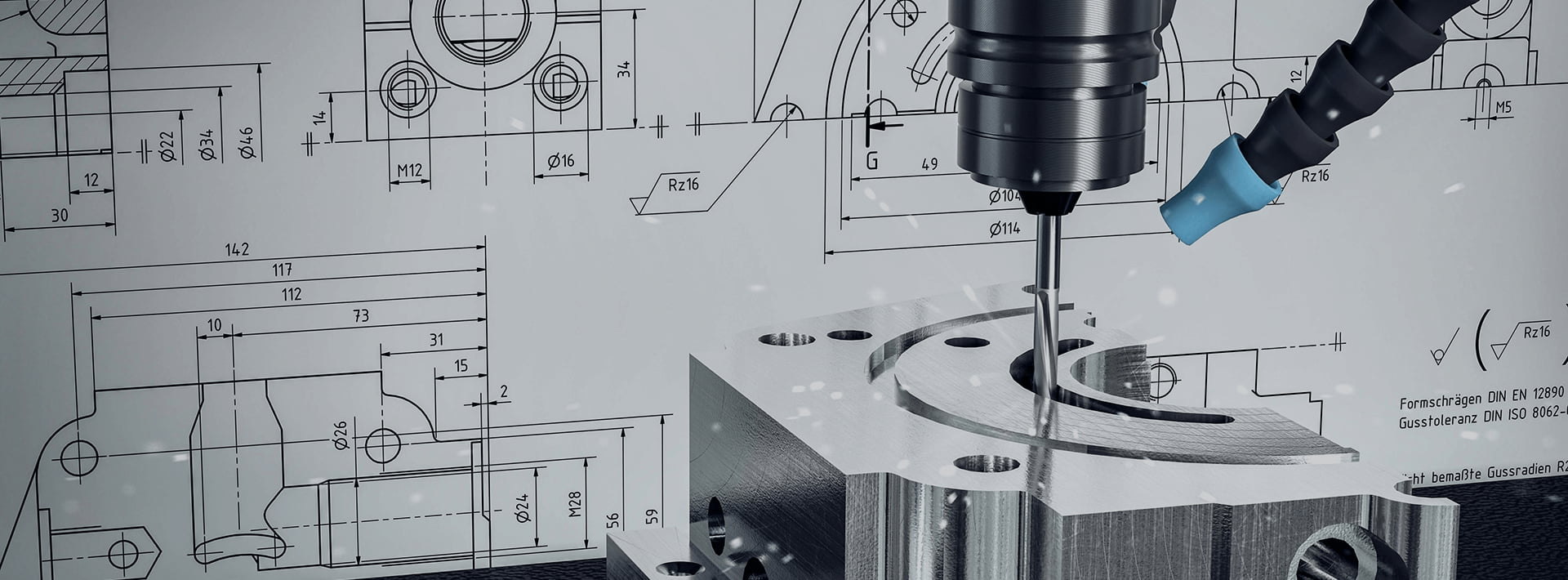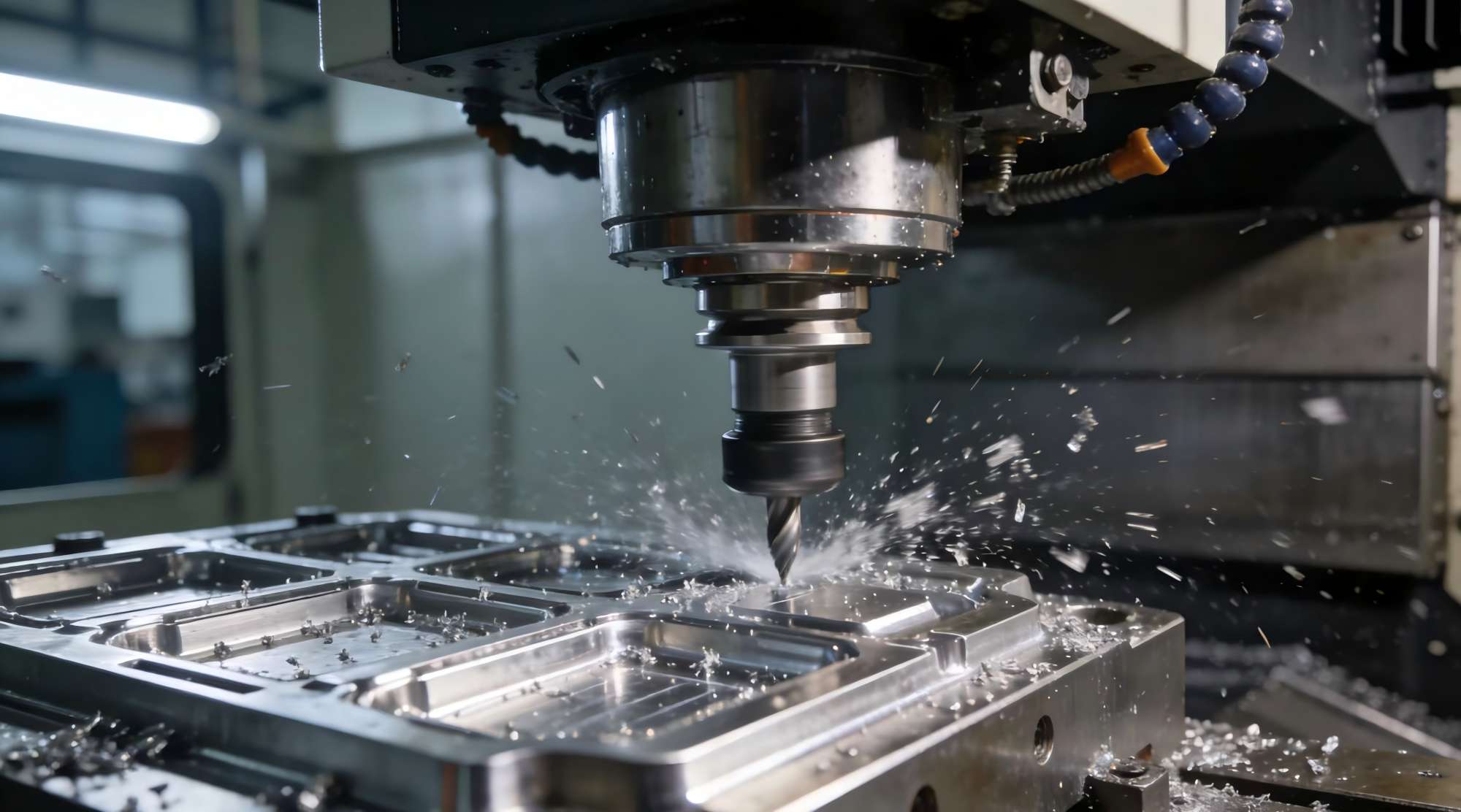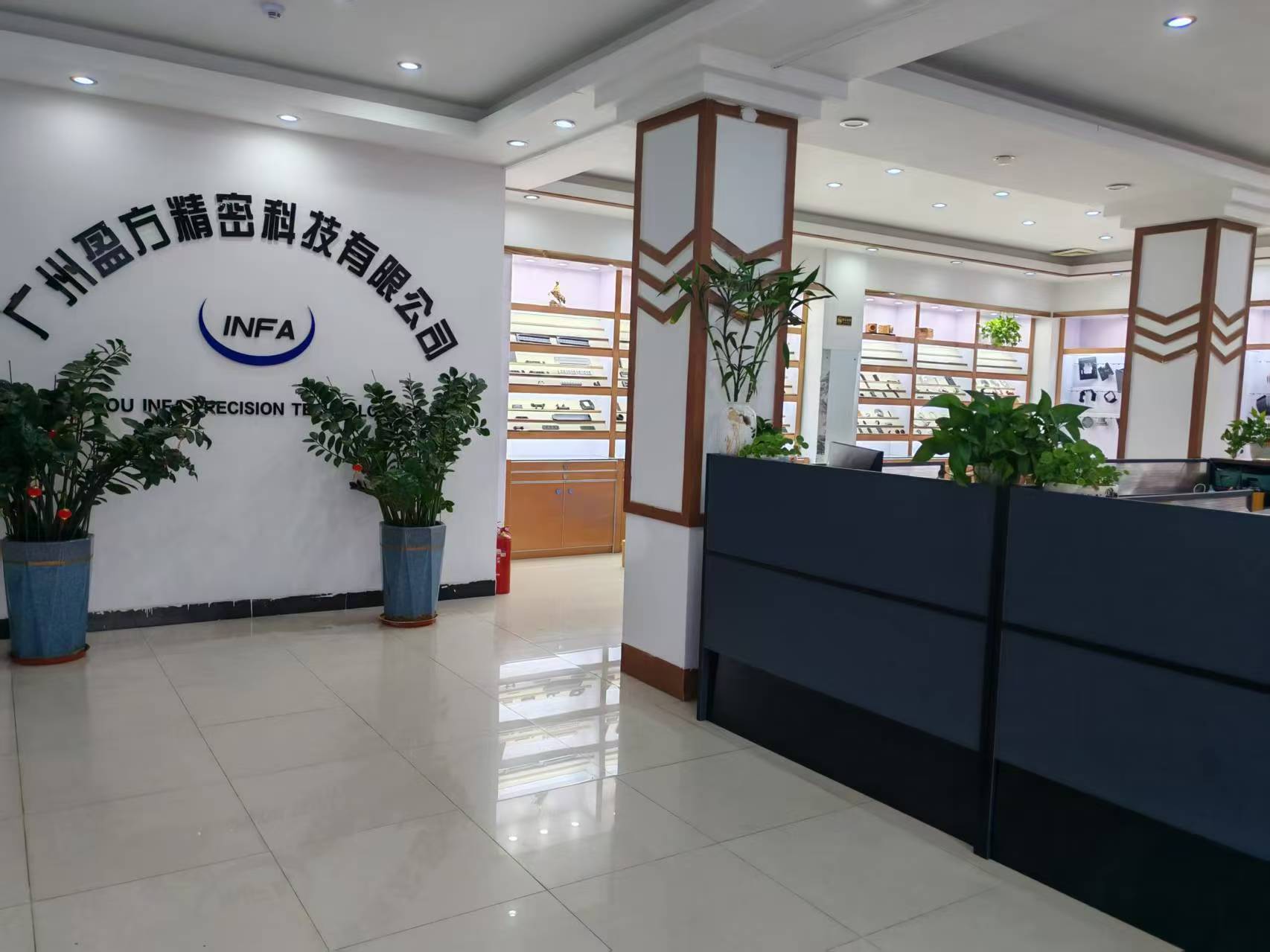Stainless Steel Passivation: Definition, Process, Standards
Stainless Steel Passivation: Definition
Stainless steel passivation is a chemical process that removes free iron and other contaminants from the surface of stainless steel, promoting the formation of a thin, protective oxide layer (primarily chromium oxide). This layer prevents corrosion by acting as a barrier between the metal and its environment, enhancing the material's durability and resistance to rust.
Process of Stainless Steel Passivation
The process typically follows these key steps:
. Cleaning/Pre-Treatment: Remove surface contaminants (oils, greases, dirt, or scale) using solvents, alkaline cleaners, or mechanical methods (e.g., abrasive blasting) to ensure the passivating agent can contact the metal surface effectively.
. Passivation: Immerse or spray the stainless steel with a passivating agent (most commonly nitric acid, though citric acid is used as a safer alternative for some applications). The acid dissolves free iron and other impurities while encouraging chromium in the steel to form a protective oxide layer.
. Rinsing: Thoroughly rinse the steel with water to remove residual acid, preventing further chemical reactions.
. Drying: Dry the surface to avoid water spots or recontamination, ensuring the oxide layer remains intact.
Standards for Stainless Steel Passivation
Several industry standards govern passivation to ensure consistency and performance, including:
- ASTM A967: The primary standard in the U.S., specifying requirements for passivation of stainless steel, including acceptable methods (nitric acid, citric acid), testing procedures, and contamination limits.
- ISO 15730: An international standard that outlines chemical treatments for stainless steel, including passivation, with guidelines for process control and quality assurance.
- SAE J2527: Focuses on citric acid passivation, providing specifications for applications where nitric acid may be restricted (e.g., due to environmental or safety concerns).
These standards ensure that passivation processes meet defined criteria for corrosion resistance, surface cleanliness, and oxide layer integrity.






